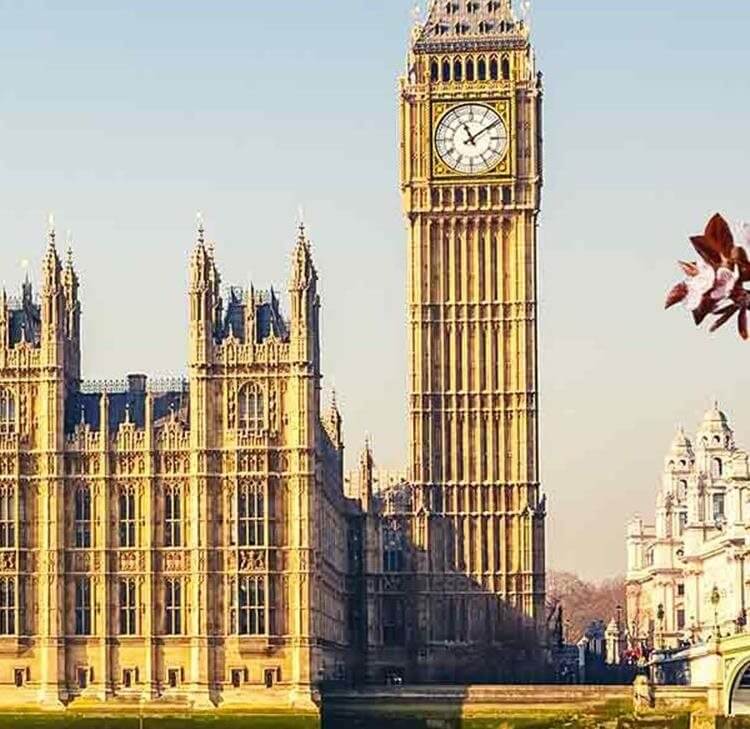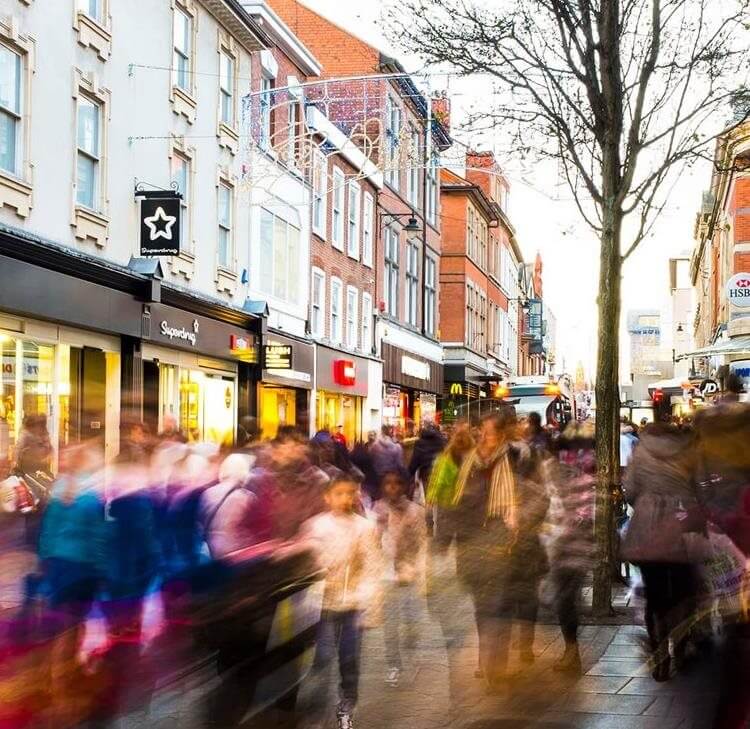The ‘death of the high street’ from the growth of online retail has been a theme of articles for many years; the COVID-19 pandemic simply accelerated an ongoing trend. Yet has this demise been overstated and are we in fact entering a new era of opportunity for high street regeneration?
It certainly seems that traditional retail has proven more resilient than expected to online pressures and the continuing rise of ESG in all areas of decision-making may see consumers and business move away from the environmental cost of long-distance shipping and unnecessary packaging.
The regeneration of the high street is also likely to remain a core political focus going forwards. The ‘red wall’ collapse in 2019 was in part caused by the offer of levelling up; Labour have now announced a five-point plan to save the high street. Yet many of the plans seem focussed in helping what is already there with no real focus on repurposing. Retail is also not the only sector to consider when evaluating the future of the high street. With a continued focus on regeneration, and with more government funding available to bid for, there would seem to be opportunities for forward thinking local authorities and other public sector stakeholders, bold investors, and active communities.
That’s not to say that retail, particularly high street retail, won’t see a resurgence in investor confidence. Prime high street locations will continue to attract strong footfall and the fall in value of retail stock means that the yields have never been higher. Compared to shopping centres and department stores they also tend to need less capital investment and asset management resource making them even more attractive.
For town centres where retail voids are high, there is plenty of opportunity for regeneration. Local authorities have been making huge investments in their areas by acquiring town centre shopping centres as a catalyst to develop desirable locations for businesses and communities to come together for collective benefit.
Usually large in scale and located in very prominent positions in town centres, shopping centres and malls present a strategic challenge for the reimagining and revitalisation of the urban settings they tend to dominate – often presenting barriers to better connectivity across towns and cities. While not everyone’s a fan of models such as 15-minute-cities, we can all agree that better connecting the places in which we work, live and socialise is a sound model to encourage inward investment, and is central to today’s placemaking.
Local authority intervention and investment is a key enabler for numerous reasons:
- Short- and medium-term return on investment is not always a key driver. This provides smaller local businesses opportunities to occupy prime retail space on flexible terms and build their brand in their local areas while master planning is ongoing. Procurement of services such as cleaning, security and maintenance can also return to local suppliers; boosting local economies. We have seen numerous examples of small-scale suppliers and retailers being prioritised and successfully supported to grow by offering reduced rates and flexible terms. In the longer term, these flourishing local businesses will then be in a fantastic position to take occupation of new retail spaces created in future regeneration schemes.
- Former retail spaces at the heart of the community can be the ideal setting for local Integrated Care Boards to establish community diagnostic centres or walk-in health centres (see page X for further commentary).
- An active local authority with strong leadership and clarity of vision is a key driver to encourage market confidence and attract private sector engagement and investment. Strategic and transparent land assembly providing insight into future regeneration allows other current and future stakeholders to plan their response and involvement.
- Access to central government distributed funding (for example Future High Streets Fund and Levelling Up). If regeneration schemes are secured by funding this gives the private sector confidence to invest.
- Negotiated acquisition of the target site can prevent the need for a compulsory purchase order or at least reduce the area needing to be compulsorily purchased. Positive PR arising from the purchase, and the wider benefits it can present, can act as a catalyst to future development by demonstrating the commitment of the authority to its plans. The business case for the acquisition, if it is able to showcase future development opportunities, can also be very useful in raising members’ awareness and encouragement for the future proposals. A clear vision, with the widest possible member support, is more likely to be delivered.
We have worked with many local authorities on projects such as this, from identifying and acquiring assets, through procuring development partners, and seeing regeneration projects take shape. As a law firm committed to making a positive impact across business and society, we’re working with, and connecting, clients and intermediaries across all sectors to collaboratively bring together place shaping strategies for the benefit of all.











































